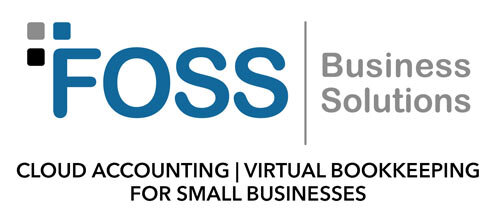Believe it or not, the year is halfway over. And for many small businesses, it went by really fast.
Now is a great time for a half-year "check-in" on your business's finance goals. Here are 7 things to review on your mid-year financial checklist.
- Update Your Supplier Records (IRS Form W-9) – Form 1099’s are not due until early next year; however, you can avoid the mad scramble of waiting until January to collect W-9’s from your suppliers. Your business is required by the IRS to file Form 1099-Misc for each person to whom you have paid during the year of at least $600 for items such as rents, services performed by someone who is not your employee, and payments to an attorney, to name a few. To report payments to suppliers on Form 1099-MISC, you must obtain Taxpayer ID Numbers with Form W-9. Review your vendor records and amounts paid thus far, and start collecting missing W-9’s.
- Updating Your Budget – The calendar year is at the midpoint which is a good time to evaluate your budget versus actual performance. Whether your small business is performing better or less than the budget you created last quarter or last year, we recommend updating your budget and sales forecast frequently to know where your business is heading. This will help you stay on track and make better financial decisions.
- Evaluate Your Accounting and Financial Staff – Now is a good time to start asking tough questions. Do you receive up-to-date financial information on time? Has your small business outgrown the skills and experience of your current bookkeeper or accounting staff? How up-to-date are your accounting records? Many small business owners handle their own bookkeeping and financial analysis, but now is a good time to review if that is the right decision for your growing businesses. It may be time to consider outsourcing to a professional if you are unable to keep up. By asking these questions now, you can begin planning to get the right people in the right place to accelerate growth of your small business.
- Update Your Cash Flow Forecast – Small businesses often fail because of poor cash flow management. Cash flow forecasting and cash management should be a weekly activity. If your business has not been managing a weekly cash flow forecast, now is a good time to start by creating a weekly cash flow forecast for the remainder of this year. You will have a better understanding of future cash requirements so you can prepare for cash shortfalls well in advance.
- Review Estimated Tax Payments – Review what your business has made through June 30th and your forecast for the rest of the year. Then examine your estimated tax payments to avoid underpayment penalties or overpayments. Adjust your final two estimated tax payments as needed.
- Think About Your Business Entity – Many small businesses start out as sole proprietorships or partnerships, but then eventually change to another entity for tax purposes. Failure to adjust your business entity for your revenue can be a costly mistake, missing out on favorable tax advantages. Discuss the different legal entities with a trusted advisor, so you can determine the right entity for your situation.
- Take Control of Your Record-keeping – To make the most of your business tax deductions, you’ll need accurate, comprehensive records. If you haven’t been keeping track of your business expenses, get caught up now. If you find yourself struggling with this as your business grows, consider outsourcing bookkeeping activities to stay on track.



